What is Bimetal clad pipe ?
Bimetal wear resistant pipe adopts centrifugal casting technology in the production process of straight pipe. This technology is to fuse and shape both metals in liquid state, realizing the purpose of real metallurgical bonding. The shear strength of the binding layer is higher than that of the metal itself, and completely realizes the mechanical complementarity between base layer and wear resistant layer.
Bi metal clad pipe compared to pure alloy tube cost advantage:
Bi metal clad pipe applicable areas
Because oil and natural gas contains a large amount of corrosive media such as hydrogen sulfide, carbon dioxide and chloride ions, especially the content of corrosive components in the oil and gas medium before pipeline purification in the seabed oil and gas field is high, and some even require heat transfer, and internal corrosion problems are very prominent. The use of stainless steel or corrosion-resistant alloys in large quantities is not economical. Double metal clad pipes are a good choice.
The bimetal clad pipe structure uses a corrosion-resistant alloy tube (stainless steel or corrosion-resistant alloy) as the inner liner (wall thickness 0.5-3mm) to contact the corrosive medium and carbon steel or low-alloy steel as the outer base pipe to withstand the pressure. low. Generally, the double-metal clad pipe contains 316L austenite stainless steel as the inner liner in the case of containing CO2 medium, and 2205 and 2505 duplex stainless steel can be used as the medium containing CO2 + small amount of chloride, when H2S+CO2 is contained. + Chloride, the inner liner should be 028, G3, INCONEL625 and Inconel825 nickel-base or iron-nickel alloy, in order to ensure the corrosion resistance of the pipeline, but also can choose the titanium alloy and other materials with excellent corrosion resistance as lining. The outer layer material is usually API 5L X42, X50, X60, X70, ASTM-A106GB and A335-P22 and other materials, so as to ensure the strength of the pipeline.
1.Casing pipe for oil and gas transportation
Choosing stainless steel such as Incoloy625 and Incoloy825 for inner tubes to ensure the corrosion resistance of the pipe. The outer pipe are usually X42, X50, X60, X70, A335-P22 and other materials to ensure the strength of the pipeline. The American Petroleum Association (API) has developed the standard for composite pipes for pipelines,with the serial number API 5LD:Cr-Mo steel,super 13Cr, G3, C028 and other oil well tubes and the nickel-base alloy cladding tubes such as 825, 028.
2.Boiler
The steel tube for superheater should have high temperature strength under the condition of 650 and 35 MPa steam,excellent surface temperature and corrosion resistance, and inner surface resistance to water vapor oxidation.
Japan Sumitomo metal company choose SUS310S, 35Cr-55Ni, 40Cr-55Ni as outer base tube and 17-14CuMo,Alloy800Has the inner tube,developed super supercritical boiler superheater cladding pipe.
Sandvik,a Sweden Steel Corp successfully developed carbon steel as an inner pipe and Sanicro28 steel with good corrosion resistance as outer pipe. The cladding steel pipe made by Sandvik does not need any change in the boiler structure design and can be used directly.
3.Waste incinerator
Cladding steel tube for waste incinerator.The outer tube can be made of Sanicro65 alloy, and the inner pipe may be carbon steel or chromium molybdenum steel with resistance to stress corrosion cracking.Europe and the United States have used 2 million meter composite steel pipe since the first installation cladding pipe incinerator superheater and water wall tubes in the 1971.
4. Heat exchanger
Cladding steel pipe used for heat exchanger should also have good thermal conductivity and a certain strength and corrosion resistance.
Sandvik manufactured cladding pipe with high alloy nickel chromium alloy 800 as the inner tube and the low-alloy steel ASTM A213 Ti2 as the outer pipe.NKK company from Japan made cladding pipe with API 5L-16MnV steel as its outer pipe and NIC42 steel as inner pipe.
5.Used for wear-resistant steel
A Japan company have made cladding steel pipe with SUS316L corrosion resistant steel for outer pipe,Stellite No12 alloy for inner pipe,after 4 years is still new.They has also been well applied in the pneumatic conveying pipe of other micro powder particles, and the demand is increasing.
6.Marine environment
Inner pipe:Nickel, Titanium stainless steel or Copper alloy.
Outer pipe:Carbon steel or low alloy corrosion resistant steel.
Cladding pipe used for marine environment made by Japan's Kawasaki is widely used as marine heat exchanger tube and seawater desalination of seawater intake pipe.
Civil areas:
Cold, hot water pipes, direct drinking water pipes, heating, solar energy, ground source heat pump; civil construction water supply pipes, water distribution trunk; air conditioning circulation pipe, fine decoration high-grade commercial housing water pipes.
Industry:
Oil and gas pipeline, oil and gas wells casing, sewage return pipe; chemical heat exchanger tube bundle; power desalination water, desulfurization pipeline and other metallurgy, desalination, medicine and chemical industry, sewage treatment, new energy, food processing and other industries.
Bi-metal clad pipes are used in mining industry
Bimetallic connection:
Most of the outer tube is used galvanized pipe, followed by a galvanized pipe mature connection:
- As shown in Figure 1, threaded connection (commonly known as thread connection), for DN15-DN100, the implementation of GB7306-2 and GB3287-1982 standards;
- groove clamp connection, for more than DN100, the implementation of CJ / T156 standard;
- flange connection, as the case may be, generally more than DN100, flange and so on by the manufacturers, and in the connection with a dedicated silicone layer;
Bi metal clad pipes are used in thermal power engineering
As shown in Figure 4, welding connection, according to the actual working conditions using welding, the implementation of YB / T5092-2005 and JB / T4747-2002 standard, generally used three-layer welding, the first argon arc welding back cover, re-welding transition layer, the last manual arc Fill the filling surface.
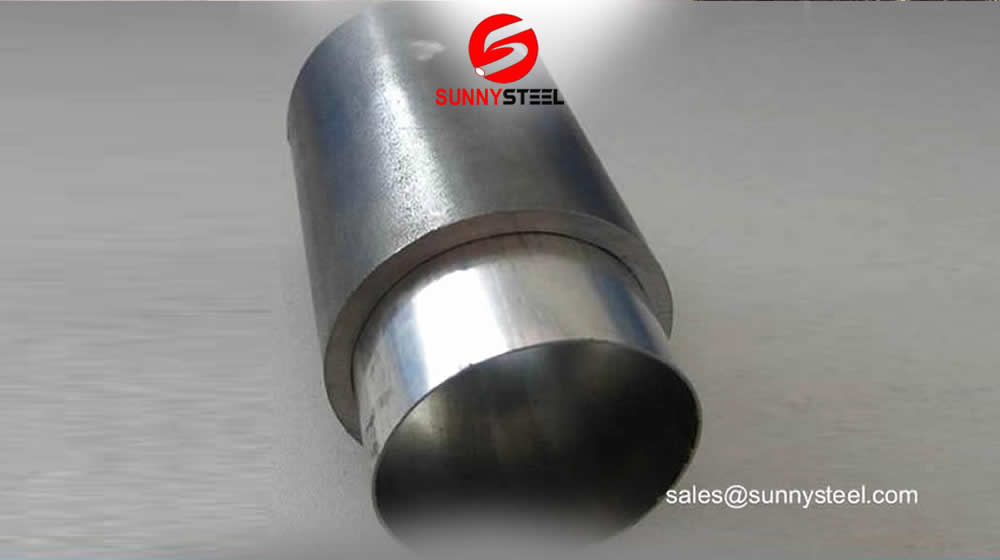

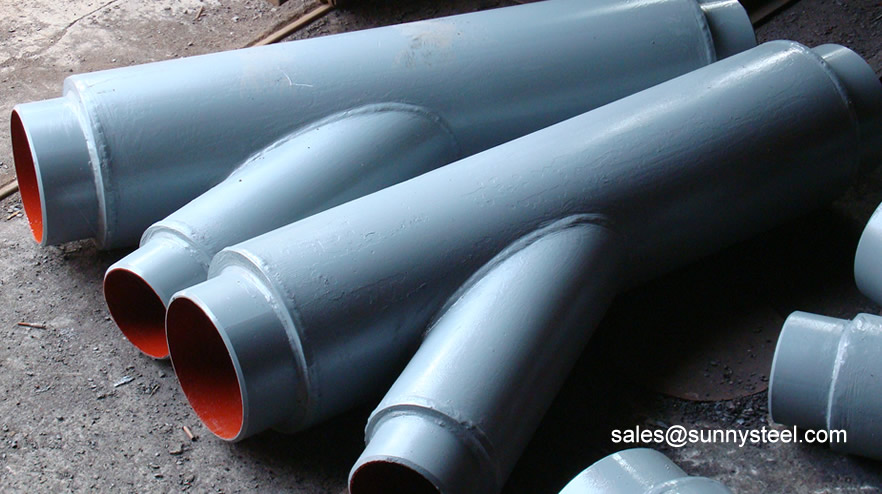

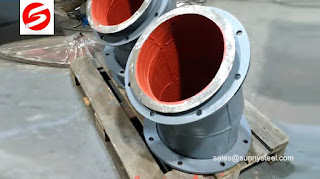












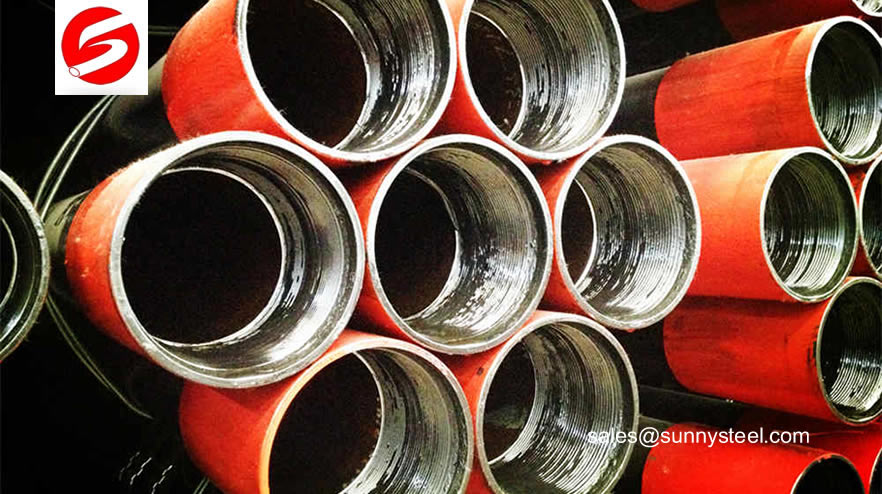
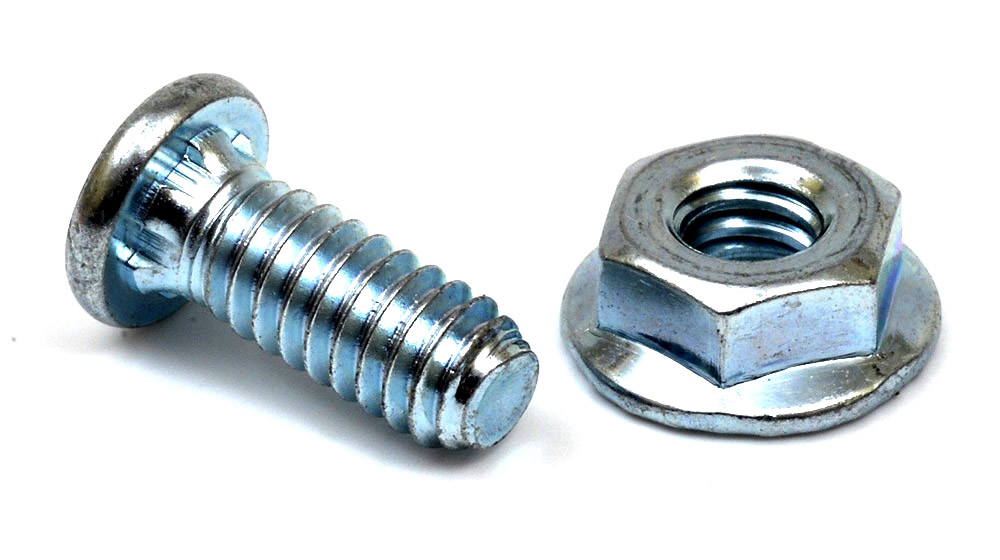

Comments